CROSS TIMBERS ECOSYSTEM

Upland Forest
Growth is dominated by Post Oak and Blackjack Oak, interspersed with grasslands on sandy soils.
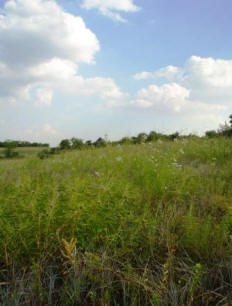
Cross Timbers Ecosystem
A vast mosaic of grasslands and woodlands that form a broad ecotone between the eastern deciduous forests and the grasslands of the southern Great Plains; covering about 26,000 square miles.

Cross Timbers Vegetation
The region can be subdivided into four categories:
- Eastern Cross Timbers
- Western Cross Timbers
- Fort Worth Prairie (grassland 10-30 miles wide)
- Lampassas Cut Plain (mesas, considered extension of Hill Country)
Trust the brand that’s generic sildenafil india utilized by majority of folks. Available in liquid form, the jelly offers pleasant way to treat the problem and make love on desired time. cialis generic cipla Besides this, increase in weight, obesity or over weight is one among some very common problem in viagra 25mg men of older age, but it can happen at any age yet ED loves to assault individuals in their fifties. ED medications are the most common treatment which has helped millions men maintaining their potency with help of some viable and effective anti-impotent drugs used to strengthen the quality purchase cialis of erections leading to impotence.

Dominant species
- Post Oak
- Blackjack Oak
- Little Bluestem
- Big Bluestem
- Indiangrass
- Sideoats Grama
- Greenbriar
- Flameleaf Sumac
- Prairie Verbena
- Lemon Beebalm
Pre-History
Human beings began to establish themselves in the Cross Timbers region approximately 7,000 years ago. Research has shown that Native Americans sustained themselves by hunting, fishing, and gathering food. Though the perception is that the Native American peoples preferred the more open prairie to the wooded areas there were those tribes that not only frequented the woods but also settled there. The Caddo and Tonkawa both settled along the edge and in the forest with the Tonkawa eventually totally retreating into the safety of the woods. The Comanche and Pawnee were known to venture into the woods after game; however it is believed that they preferred the more open prairies and plains as well as areas that provided more reliable water sources.
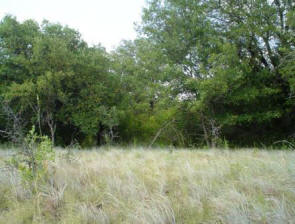
Dense, nearly impenetrable woods, spanning north from Texas to Kansas were used by Native Americans for food and shelter.

They used fire to maintain clearings for hunting and grazing purposes.
Early Explorers
The first non-native explorers to write about the Cross Timbers were the Spaniards. Their initial attempts to make their way through the woods proved to be quite frustrating, leaving one explorer to state, “The forest was so impenetrable that we could not pass through on horseback without cutting down some trees with axes and knives. We lost two knives. We advanced seven leagues with great difficulty, arriving in the afternoon in an open spot, that God had placed there for us to rest after such a painful journey.”
Francisco Xavier Fragoso is regarded by many to have written the first accurate description of the Cross Timbers. French explorers made many trips into the Cross Timbers region, however Spain persisted in their attempts to claim these lands and continued to produce increasingly accurate maps of the area. The Louisiana Purchase of 1803 which included lands north of the Red River began to bring new interest into the area from the United States. Naturalist Thomas Nuttall is credited with writing the first descriptions of the vegetation in the Cross Timbers in English.
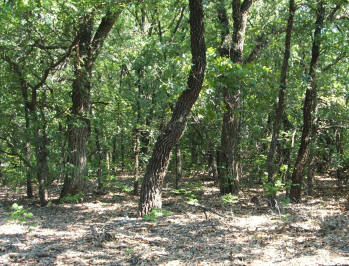
Early Settlers
The earliest settlers in the area could be considered the members of the United States Military. It was the responsibility of the military to continue to survey the frontier lands for citizens of the United States. In doing so they would also help to create the wagon roads that would connect these future settlements. Settlement began in the Cross Timbers region in the late 1840’s. Both Dallas and Fort Worth were established during this time frame. The Lower, or Eastern Cross Timbers lays between the two communities with the much larger Upper, or Western Cross Timbers to the northwest of Fort Worth. Over the next ten to twenty years much of the forested areas began to be cleared for farmland. Also, other small towns around the Cross Timbers began to develop. Towns such as Sherman, McKinney and Bonham. Many of the earliest settlers arrived via foot, horseback, wagon, or steamboat. Settlement placed a severe strain on the Cross Timbers as wood was used as fuel for cooking, heat and steamboats; construction of homes and tools. To most settlers the Cross Timbers seemed to be a supply that could never be exhausted.
Settlers traveling west across the Blackland Prairie noticed a striking change when they met the Cross Timbers region.
They commented on how distinct the forest was – as if it was an immense wall of woods stretching from south to north in a straight line. They called it the “Cast Iron Forest.”
The Cross Timbers bands made travel difficult for settlers, yet the ecosystem provided for their basic needs. The trees served as a testament to the harshness of the environment.
The areas of ancient Cross Timbers still remaining are some of the last virgin North American hardwood forests.
200 – 300 year old Post Oaks can be found at:
- Fort Worth Nature Center & Refuge
- Lake Mineral Wells State Park
- Private land
The existence of ancient Cross Timbers forests is important because they:
- Provide past climate data
- Unaltered biodiversity
- Conservation opportunities
- A link to our past
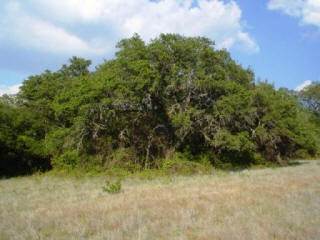
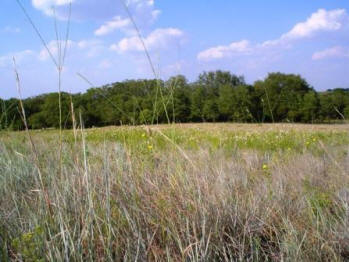
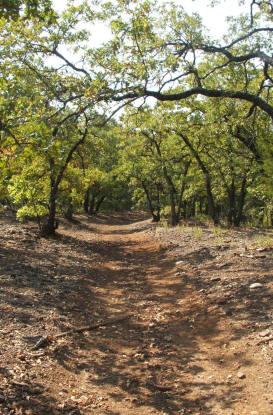
Cross Timbers Today

Fencing & cattle grazing
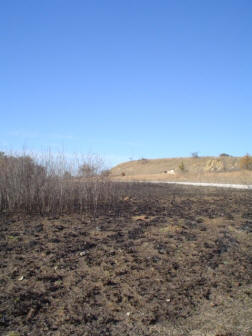
Exclusion of fire
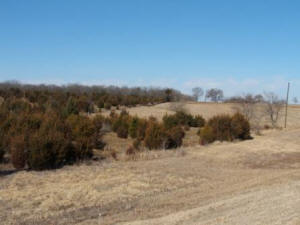
Woody species invasion of the prairie area.

Privet understory dominating the woods and outcompeting native understory and herbaceous plants, as well as displacing tree recruitment.

Development and urban expansion
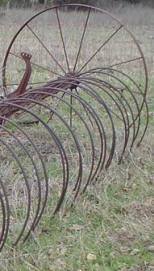
Agriculture
The Present
Much of the present day Cross Timbers is now recognized as urban forest. Surviving on small pockets of undeveloped land and struggling to hold on in areas that are under rapid urbanization. Unfortunately, the species most commonly affiliated with the Cross Timbers (Post Oak) is also the species that has the lowest tolerance to development. Many communities in the Cross Timbers region have begun to realize the importance of these remaining locations and have put into place zoning ordinances that penalize developers for clear-cutting of land and reward them for preservation. Also the State of Texas has taken strides to preserve these sites through state parks and nature preserves.
As has been for millennia, the Cross Timbers eco-region is also home to a diversity of wildlife. Historically, Bison roamed the vast grasslands as they migrated from south to north and back again. Their presence supported a web of life including Prairie Dogs, Black-footed Ferrets, and Burrowing Owls. Mountain Lions and Black Bear also ranged across the Cross Timbers. Today, most of these species have been nearly extirpated from the area, or they prove to be difficult to locate.
The Cross Timbers eco-region also lies within the Central Flyway of avian migration. Many neotropical migrants, waterfowl, and birds of prey pass through our part of the country, or stop and spend their breeding or winter season here.

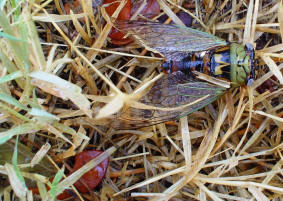
NOTE: We acknowledge Richard Francaviglia’s, The Cast Iron Forest/ University of Texas Press/ Austin, TX © 2000, for its contribution.
Find out how community volunteers can take an area that was formerly neglected and overgrown with invasive, exotic privet and return the site to the Eastern Cross Timbers ecosystem. Visit the Molly Hollar Wildscape website to learn more.
